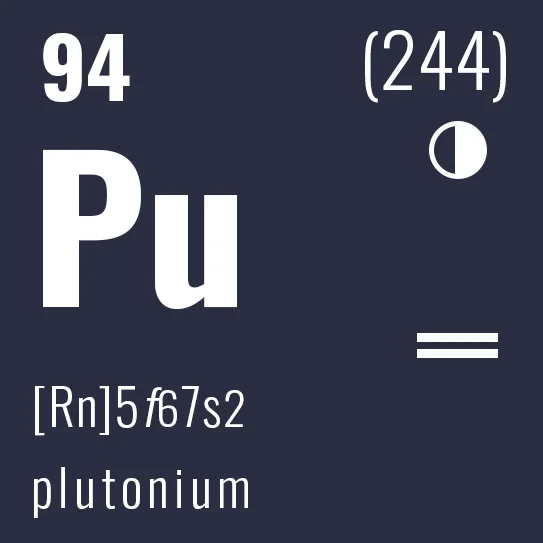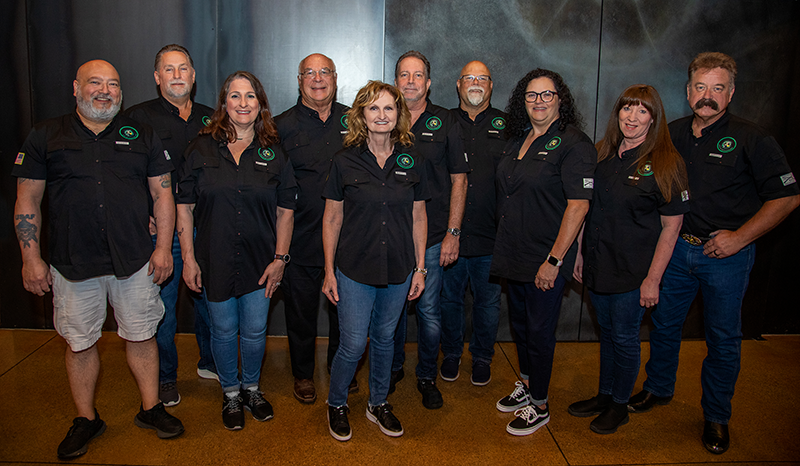The Invisible Enemy
As nuclear testing released huge amounts of deadly contaminants into the air, soil and water supply, thousands of personnel working and living within the NTTR, were constantly exposed to these dangerous substances.
The Invisible Enemy
As nuclear testing released huge amounts of deadly contaminants into the air, soil and water supply, thousands of personnel working and living within the NTTR, were constantly exposed to these dangerous substances.
The Injured
Learn about the various illnesses & complications personnel have developed from working at the NTTR.
Honor The Fallen
We remember all the fallen in their bravery and commitment to service. We honor the sacrifices they made.
The Fallout
The government knew the NTTR was toxic and dangerous to the people who worked there.
The Injured
Learn about the various illnesses & complications personnel have developed from working at the NTTR.
Honor The Fallen
We remember all the fallen in their bravery and commitment to service. We honor the sacrifices they made.
The Fallout
The government knew the NTTR was toxic and dangerous to the people who worked there.
When an atomic bomb detonates, it releases highly toxic, radioactive Pu-239 into the environment. This includes alpha particles, which are 20 times more carcinogenic than x-rays, as well as gamma radiation that remains highly dangerous for more than 100,000 years.
When an atomic bomb detonates, it releases highly toxic, radioactive Pu-239 into the environment. This includes alpha particles, which are 20 times more carcinogenic than x-rays, as well as gamma radiation that remains highly dangerous for more than 100,000 years.
Nuclear
Detonations
Plutonium-239
Plutonium-239 (Pu-239) is an isotope of Plutonium that’s made by “enriching” natural Uranium. When a critical mass of Pu-239 is forcefully and rapidly compressed, it triggers a nuclear chain reaction called fission. The fission process splits the Pu-239 atoms and unleashes a powerful explosion. This is the main reason why Pu-239 became the ideal, primary material used to build the first generation of atomic bombs.
Radioactivity & Half-Life
Pu-239 has a “half-life” of 24,100 years, which is how long it takes for Pu-239 to emit only half the radioactivity that was released by the detonation. But even after all that time, the radioactivity remains just as toxic.
The Detonations
Between 1951 and 1992, more than 1,000 nuclear detonations took place on the Nevada Test Site (NTS) and the Tonopah Test Range (TTR) located inside the Nevada Test and Training Range. Many of these were atmospheric or above-ground detonations. Most took place underground. All of them released toxic, radioactive Pu-239 and other harmful contaminants into the air, soil and ground water.
The Contamination
Airbourne contamination, in the form of fine particles known as fallout, can travel long distances and be deposited far from the detonation site. Once in the soil, contaminants can seep into water supplies and potentially enter the food chain, posing additional health risks to human and animals.
When inhaled, plutonium particles can penetrate deep into lung tissue, causing scarring, cancer and other serious lung problems. When plutonium enters the bloodstream, it can travel throughout the body, accumulate in bones and organs, and damage their tissues and cells.
Plutonium has a long biological half-life, which means it remains in the body for an extended period. This prolonged exposure to internal radiation can cause genetic mutations, reproductive problems and many types of cancers. It’s estimated that one pound of plutonium particles dispersed in the air could cause cancer in more than 2,000,000 people.
Plutonium-239
Plutonium-239 (Pu-239) is an isotope of Plutonium that’s made by “enriching” natural Uranium. When a critical mass of Pu-239 is forcefully and rapidly compressed, it triggers a nuclear chain reaction called fission. The fission process splits the Pu-239 atoms and unleashes a powerful explosion. This is the main reason why Pu-239 became the ideal, primary material used to build the first generation of atomic bombs.
Radioactivity & Half-Life
Pu-239 has a “half-life” of 24,100 years, which is how long it takes for Pu-239 to emit only half the radioactivity that was released by the detonation. But even after all that time, the radioactivity remains just as toxic.
The Detonations
Between 1951 and 1992, more than 1,000 nuclear detonations took place on the Nevada Test Site (NTS) and the Tonopah Test Range (TTR) located inside the Nevada Test and Training Range. Many of these were atmospheric or above-ground detonations. Most took place underground. All of them released toxic, radioactive Pu-239 and other harmful contaminants into the air, soil and ground water.
The Contamination
Airbourne contamination, in the form of fine particles known as fallout, can travel long distances and be deposited far from the detonation site. Once in the soil, contaminants can seep into water supplies and potentially enter the food chain, posing additional health risks to human and animals.
When inhaled, plutonium particles can penetrate deep into lung tissue, causing scarring, cancer and other serious lung problems. When plutonium enters the bloodstream, it can travel throughout the body, accumulate in bones and organs, and damage their tissues and cells.
Plutonium has a long biological half-life, which means it remains in the body for an extended period. This prolonged exposure to internal radiation can cause genetic mutations, reproductive problems and many types of cancers. It’s estimated that one pound of plutonium particles dispersed in the air could cause cancer in more than 2,000,000 people.
Nuclear
Detonations
Our Mission
Our proposed legislation aims to provide comprehensive medical treatment and financial compensation to help victims fight illnesses and cope with the loss of their loved ones.
For all who risked their lives and those who have fallen fighting the invisible enemy.
We are telling the story of how thousands of military personnel and their families have become victims of the invisible enemy.
Our Mission
Our proposed legislation aims to provide comprehensive medical treatment and financial compensation to help victims fight illnesses and cope with the loss of their loved ones.
For all who risked their lives and those who have fallen fighting the invisible enemy.
We are telling the story of how thousands of military personnel and their families have become victims of the invisible enemy.


